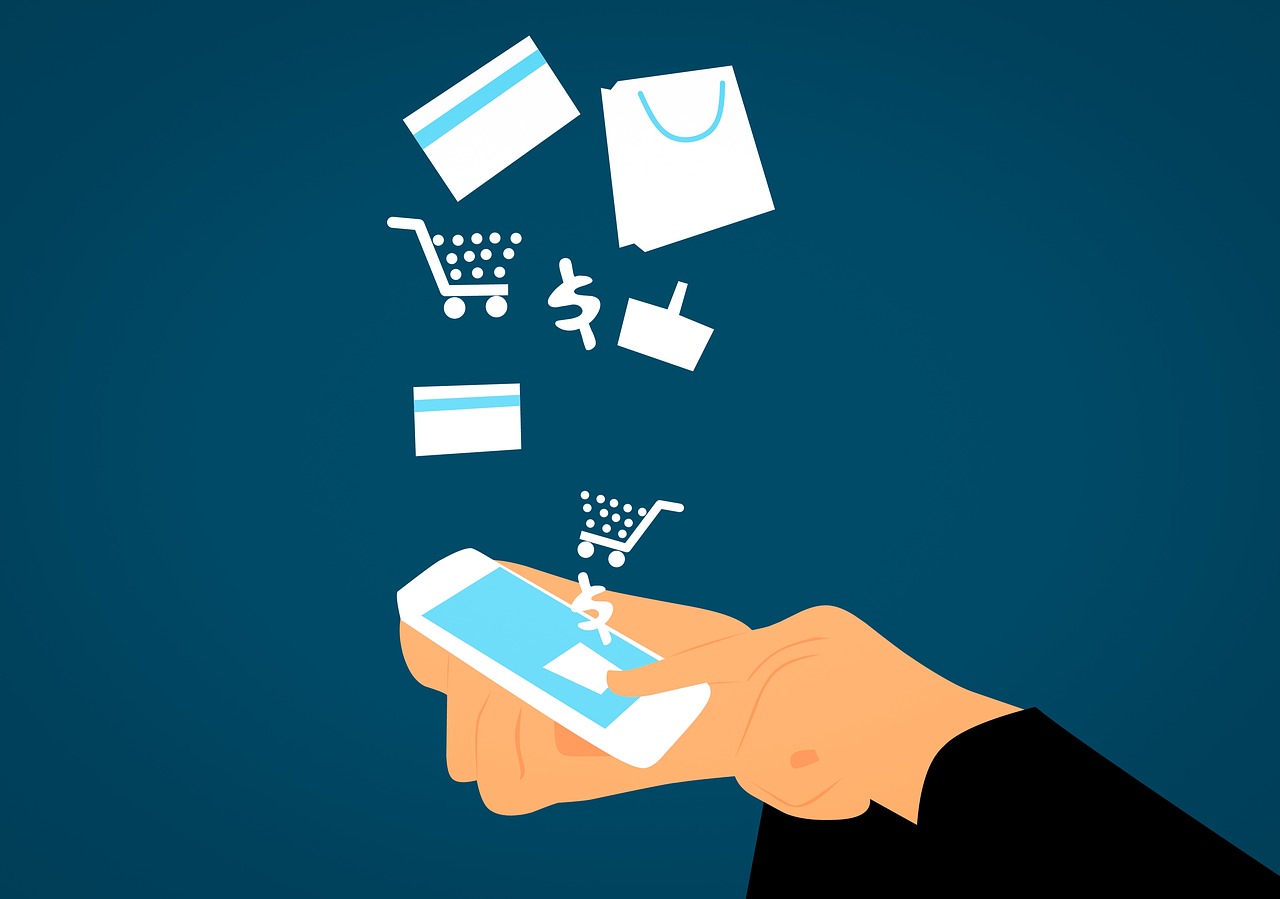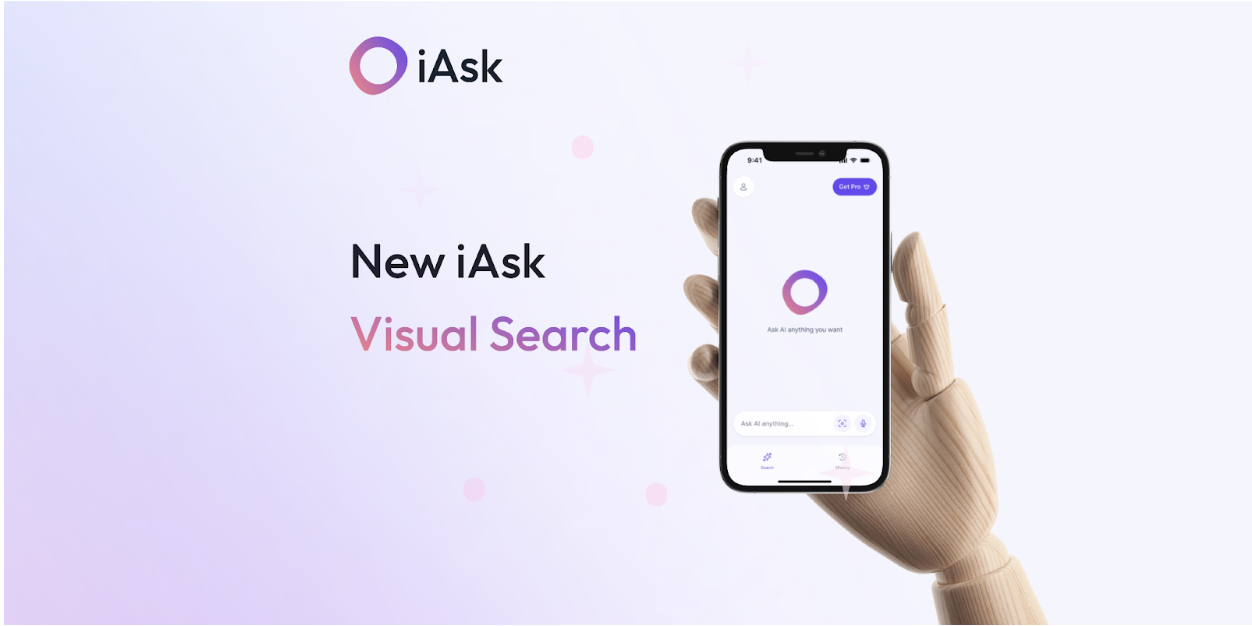Tech
Mobile Commerce Trends: Do You Need a M-Commerce App in 2023?

Twenty years ago, our parents could only dream of convenient shopping from any place they were with the help of a small device in their pocket. Today, dreams come true, and there is no surprise in getting clothes, groceries, or booking tickets via mobile phone. M-commerce is emerging as the friendliest shopping method through safer mobile payments, technological advancements, and the rise of specialized m-commerce apps. Let’s dive deep.
What is M-Commerce?
Mobile commerce (m-commerce) refers to purchasing and selling goods and services via a mobile device, such as a smartphone or tablet. M-commerce has been increasing in recent years and is expected to grow in the coming years.
According to Statista, mobile e-commerce sales reached $2.2 trillion in 2023, accounting for 60% of all e-commerce sales worldwide. This share has steadily increased, from 56% in 2018 to an expected 62% in 2027.
Key m-commerce trends to watch in 2023 and beyond:
- Increased mobile shopping: More and more people are shopping on their mobile devices. M-commerce will account for over half of all e-commerce sales by 2025.
- Social commerce: Using social media platforms to buy and sell products and services. Social commerce is becoming increasingly popular, especially among younger consumers.
- Voice shopping: Utilizing voice assistants like Siri and Alexa to buy and sell products and services. Voice shopping is still in its early stages of development. Still, it is expected to snowball in the coming years.
- Shopping with Augmented reality (AR) and virtual reality (VR): these experiences allow consumers to try on clothes, furniture, and other products before buying them. AR and VR shopping are still in their early stages of development. Still, they have the potential to revolutionize the way people shop.
- Contactless payments: Apple Pay and Google Pay allow consumers to receive goods and services without swiping or inserting their credit or debit cards. Contactless payments are becoming increasingly popular.
These are just a few vital m-commerce trends to watch in 2023 and beyond. As e-commerce grows, we expect even more innovative and exciting shopping experiences to emerge.
How to prepare for the future of m-commerce
If you are a business owner, there are some things you can do to prepare for the future of m-commerce and keep up with the trends:
1. Make sure your website is mobile-friendly: Your website should be easy to navigate and use on mobile devices.
2. Provide mobile payment options: Make it easy for customers to pay for their purchases on their mobile devices.
3. Invest in social commerce: Use social media platforms to promote your products and services. Connect with customers and receive feedback.
4. Accept contactless payments: Offer contactless payment options to your customers to make paying for their purchases easier.
By taking these steps, you can ensure that your company is well-positioned to succeed in the future of e-commerce.
Mobile app development in the era of m-commerce
There is no way of talking about m-commerce, not mentioning mobile app development. You use your smartphone to buy something online.
Mobile app development services are an array of services that help businesses to develop and launch mobile apps. The implementation areas may vary: healthcare, financial, agricultural, or construction mobile apps provide the best performance and encapsulate all the peculiarities of the domain.
Different types of mobile app development services are available, and the specific services that a business needs are determined by the size and complexity of the app, the target group, and the business’s budget. However, some standard mobile app development services include:
Ideation and design: working with the customer to understand their business needs and goals and to develop a concept and design for the app.
Development: writing the code for the app and implementing the desired features and functionality.
Testing: examining the app to ensure it is bug-free and works as expected.
Deployment: Publish the app to the appropriate app stores. Apple App Store and Google Play are among the widely known.
Many mobile app development companies offer additional services such as maintenance & support, app marketing and promotion.
M-commerce pros and cons
There are a set of benefits and disadvantages to using mobile app development services. Let’s take a look them.
Pros
- Accessibility. M-commerce is democratizing online shopping by extending its reach to even remote areas. It makes online shopping more accessible and inclusive for everyone, regardless of location, and fosters economic growth in rural and underserved communities.
- Reduced response rate. Mobile apps have a significant advantage over web browsers regarding response time. Mobile apps are created for specific devices and can use the device’s hardware and software resources. As a result, mobile apps can perform tasks more quickly and efficiently than web browsers.
- Social media integration. M-commerce also integrates with social media platforms like Instagram, TikTok, and Pinterest. It allows brands to foster deeper community ties and loyalty among consumers.
Cons
- The culture of instant gratification. With features like one-click transactions and same-day or next-day delivery, consumers have come to expect immediate gratification. This can diminish the joy of anticipation traditionally associated with shopping and affect broader perspectives on patience in life.
- Impulse purchasing. With our smartphones in our pockets, we can now browse and purchase products from anywhere, anytime. This convenience has led to a surge in impulsive buying decisions, as customers are constantly bombarded with targeted marketing messages and have access to a vast selection of products with just a few taps.
- Challenge for local businesses. Online platforms like Amazon and Walmart offer many products and services at attractive pricing, making it difficult for small, locally-owned businesses to compete. M-commerce can also lead to customers sidelining neighborhood brick-and-mortar establishments in favor of the convenience and wide selection of online products.
Wrapping up
M-commerce is a steadily growing industry that has already reshaped online shopping. Such technologies as voice shopping, augmented reality, social commerce, and contactless payments will form the e-shopping future.
Mobile app development services can be valuable for businesses that want to develop and launch mobile apps. If you own an e-commerce business, ensuring your website and mobile app are upgraded for mobile shoppers is crucial. Using social commerce platforms to reach your target audience on their mobile devices would be best.
Tech
How iAsk Visual Search Captures and Delivers Detailed Insights from the World You See

Byline: Shem Albert
There are moments when the world around you sparks curiosity, yet you do not even know the word for what you are seeing. You describe it in painstaking detail, type and retype, scroll through search results, hoping something matches. Minutes pass, sometimes longer, just to uncover a simple answer. That experience of encountering something unfamiliar and struggling to put it into words is all too common, yet often goes unnoticed. With a single photo, however, everything changes. iAsk Visual Search bridges that gap. Suddenly, the mystery becomes an opportunity to learn, experiment, or act in the moment.
Turning Discovery into Action
Using iAsk Visual Search is simple, yet the possibilities it opens up are immediate. You open the app and snap a photo of the object, diagram, or scene that has caught your attention. Instantly, the app identifies what it sees and provides context, turning a moment of curiosity into a starting point for exploration. From there, you can ask follow-up questions to dig deeper, consider alternatives, or uncover how something works in practical terms.
This goes far beyond basic identification. Where traditional image recognition might simply name an object or offer a brief description, iAsk lets you continue the conversation. It remembers the image, so you can explore multiple layers of information without starting over. What begins as a single observation quickly expands into actionable insights you can apply immediately.
Real-World Applications in Everyday Life
The real test of significance for iAsk Visual Search is how it is used in a user’s everyday life. Novice cooks and experienced chefs can rely on it to identify an unfamiliar ingredient and ask follow-up questions, such as preparation tips, cooking methods, or possible substitutions. Users can experiment with complementary flavors or adapt recipes based on what is available in their pantry, reducing hesitation and encouraging culinary creativity.
A quick snapshot of a street sign, menu, or product label in a foreign language is another way iAsk Visual Search supports everyday tasks. Users can ask follow-up questions to clarify translations, understand cultural context, or receive practical guidance. This enables individuals to navigate unfamiliar environments with confidence and ease.
These examples illustrate how iAsk Visual Search can become a versatile companion in daily life. It can serve as a travel guide, a study aid, or a creative assistant. Artists, crafters, and curious hobbyists can explore materials, techniques, or designs with guidance that is immediate and interactive. Each interaction transforms curiosity into tangible results, empowering users to act on the knowledge they gain instantly.
A Tool That Stands Apart
iAsk Visual Search stands out for its interactive, context-sensitive design. Users can maintain an ongoing dialogue with the app, exploring details without losing sight of the original image. This makes it possible to investigate complex subjects and adapt the information to specific tasks.
Privacy and accessibility are central to the experience. Images are not stored, personal data is not tracked, and there are no ads to interrupt the workflow. The app is available across multiple platforms without subscription barriers, making it accessible to students, parents, hobbyists, and professionals alike.
Curiosity Translated into Results
iAsk Visual Search turns a simple photo into an understanding you can act on. Whether it’s decoding a diagram, identifying an object, or untangling a confusing concept, a snapshot instantly delivers context, explanations, and next steps. It doesn’t just show you — it teaches you, guiding each discovery into something useful.
Every question becomes a chance to learn, explore, or create. From the kitchen to the classroom, the trailhead to the studio, iAsk makes the world clearer and curiosity immediately productive.
Snap. Ask. Learn. Then act. The answers are there. All you need to do is iAsk.
-

 Tech5 years ago
Tech5 years agoEffuel Reviews (2021) – Effuel ECO OBD2 Saves Fuel, and Reduce Gas Cost? Effuel Customer Reviews
-

 Tech6 years ago
Tech6 years agoBosch Power Tools India Launches ‘Cordless Matlab Bosch’ Campaign to Demonstrate the Power of Cordless
-

 Lifestyle6 years ago
Lifestyle6 years agoCatholic Cases App brings Church’s Moral Teachings to Androids and iPhones
-

 Lifestyle5 years ago
Lifestyle5 years agoEast Side Hype x Billionaire Boys Club. Hottest New Streetwear Releases in Utah.
-

 Tech7 years ago
Tech7 years agoCloud Buyers & Investors to Profit in the Future
-

 Lifestyle5 years ago
Lifestyle5 years agoThe Midas of Cosmetic Dermatology: Dr. Simon Ourian
-

 Health7 years ago
Health7 years agoCBDistillery Review: Is it a scam?
-

 Entertainment6 years ago
Entertainment6 years agoAvengers Endgame now Available on 123Movies for Download & Streaming for Free
